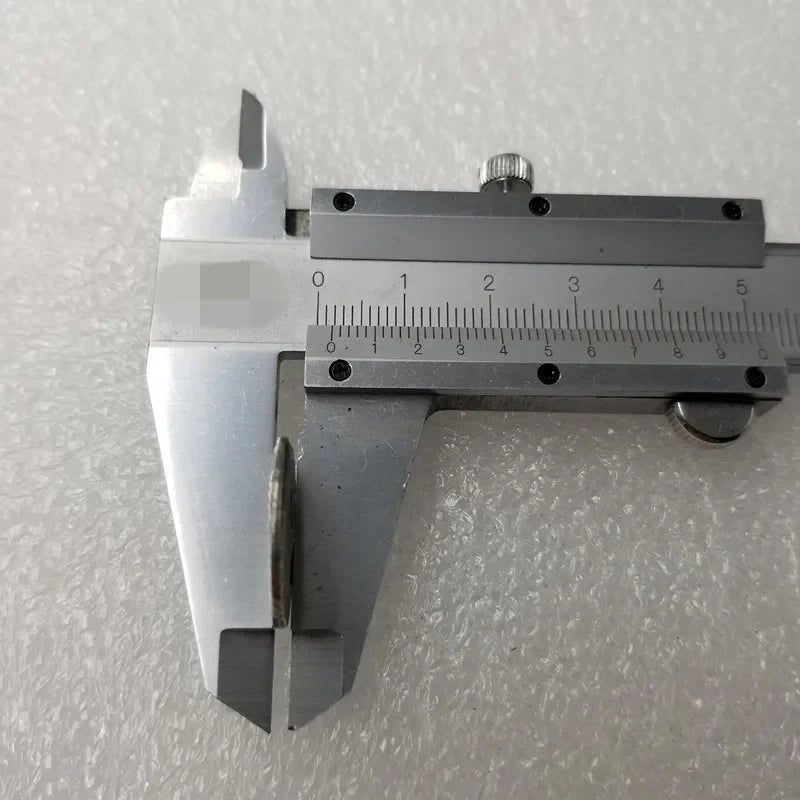Hello Caesar
Celtic Drachm Replica (c. 2nd–1st Century BC) – Imitation of Philip II of Macedon
Celtic Drachm Replica (c. 2nd–1st Century BC) – Imitation of Philip II of Macedon
- Secure Checkout
- 14-Day Easy Return
- Delivery within 15-30 days
Couldn't load pickup availability
This replica reproduces a silver drachm struck by Celtic tribes in Eastern Europe, imitating the coinage of Philip II of Macedon (father of Alexander the Great). Issued during the 2nd–1st century BC, these coins reflect both the spread of Hellenistic influence and the distinctive artistic style of the Celts.
Obverse (Front)
A highly stylized head of Zeus, inspired by Macedonian prototypes, but reinterpreted with bold and abstract features typical of Celtic artistry.
Reverse (Back)
Depicts a horseman riding a horse, holding a spear, often accompanied by additional symbols or ornaments. Unlike the realistic Greek versions, Celtic engravers transformed the design into a more abstract and dynamic scene, sometimes with exaggerated proportions.
Historical Background
- Originally based on the silver tetradrachms of Philip II of Macedon (r. 359–336 BC), which featured Zeus on the obverse and a horseman on the reverse.
- Celtic tribes across Central and Eastern Europe (including modern Hungary, Slovakia, and Romania) adopted and imitated these coins as their own currency.
- The designs gradually became more abstract, reflecting local traditions, creativity, and independence from Greek realism.
- These coins illustrate the fusion of Greek influence with Celtic culture, as tribes adapted foreign symbols into their own unique style.
Share










